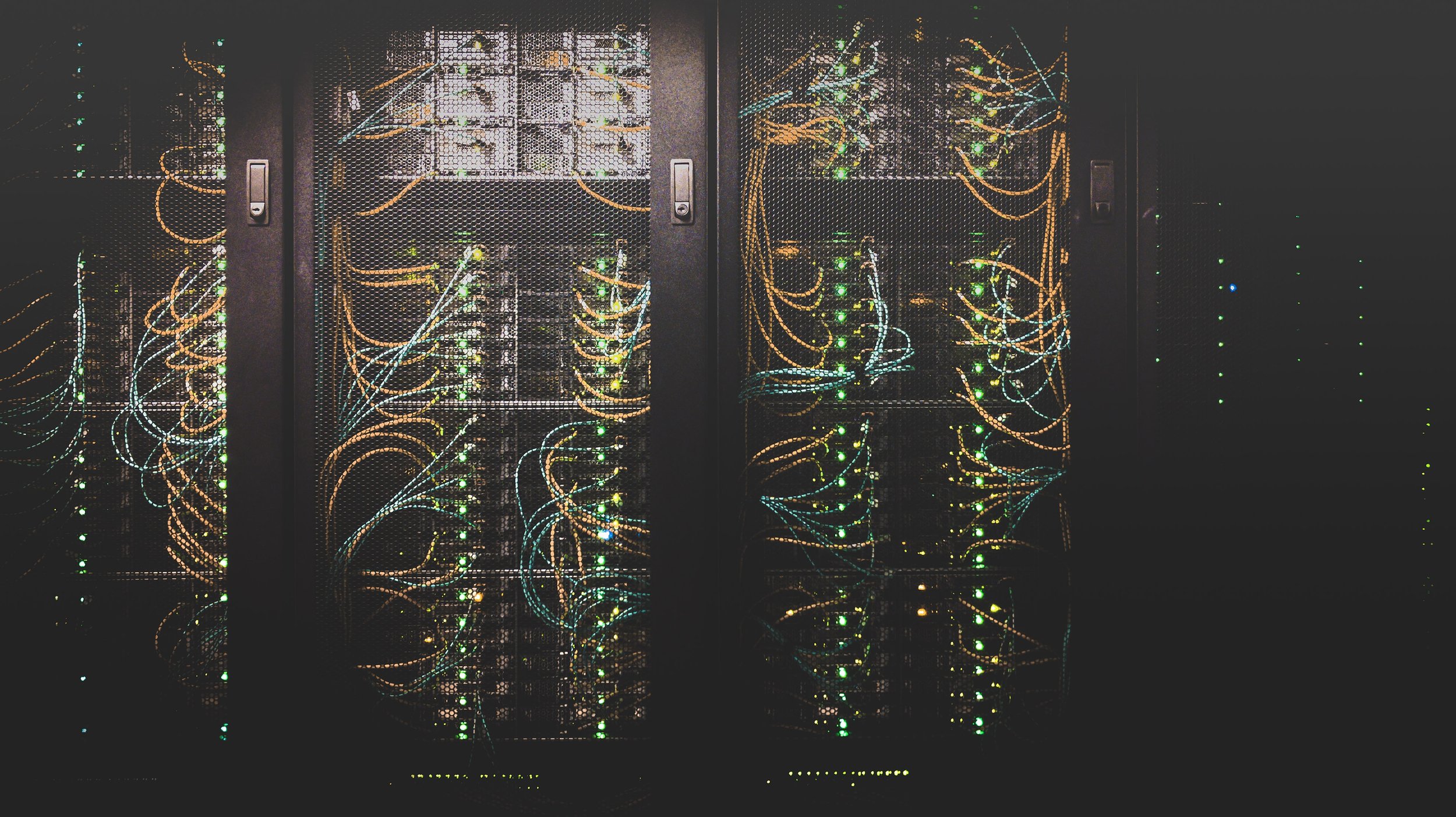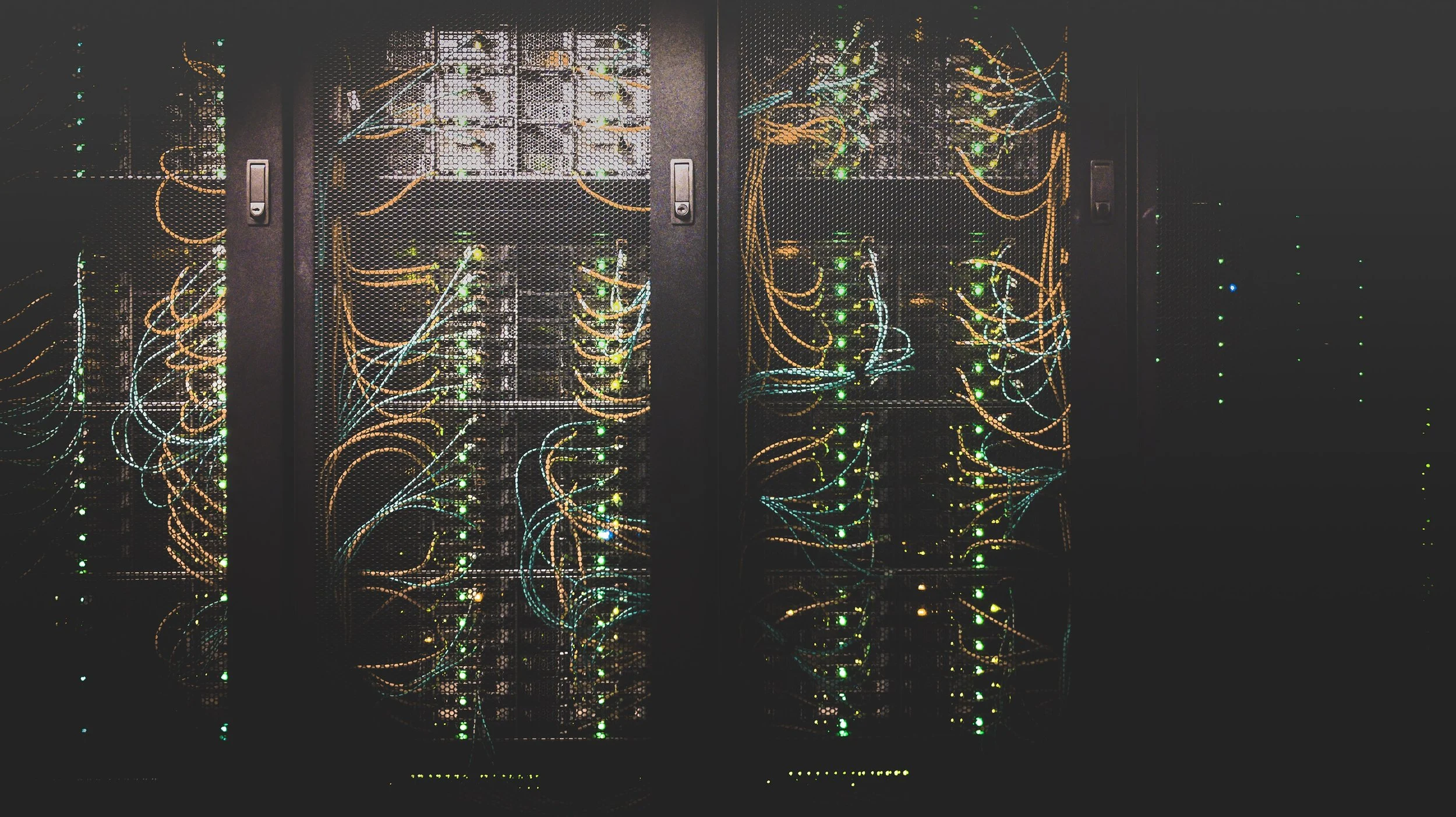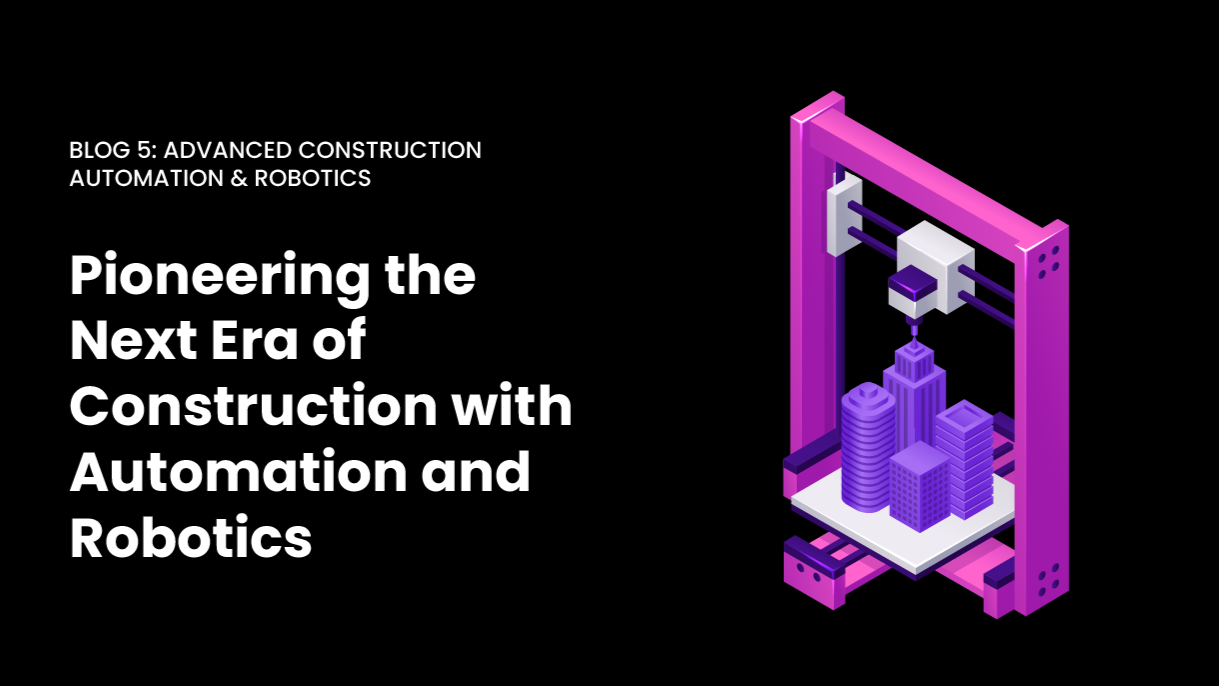The biggest shift in real estate usage history is occurring. As a business leader, I’ve recognized and made that call myself for Voyansi. In 2020, like many other companies, we realized a new way of working was here to stay and capitalized on the opportunity of our employees working remotely to renovate and consolidate office spaces.
We know that real estate owners and operators are already facing challenging times. To stay competitive, you need to flex with changes quickly. This means being adaptable to changing business climates (COVID is only the most recent case in point), on top of understanding and managing operational costs, renovations, and additions to your business.
But most importantly, you need to understand the true cost of your spaces.
All property classes are being impacted by this huge wave space reutilization. Look around at the transformative nature of new ways to shop work and live, in less than a year the restaurant and retail industries have a very different customer base. Analyst firms such as Deloitte are projecting this change to be a bigger financial impact than the industrial revolution. Management of this upcoming shift is critical in order to stay competitive.
Distributed real estate portfolios only pose an additional challenge: how do you balance the variance of local requirements, vendors, and other stakeholders while comparing apples to apples?
There is a reason having a simplified and powerful set of tools to access data is essential. One of the reasons we founded Voyansi was to make BIM easy and Accessible for All!
BIM – Blood – Brand
We all know how large companies have been leveraging BIM to build larger projects, more efficiently, and in less time with the help of several BIM experts. Still, asset owners rely on different consultants (Architects and Engineers) to drive this process. Each consultant uses their own standard creating project-specific information (plans, schedules, models, etc.).
First, I’m going to go out on a limb with an analogy. Your company’s Brand is your lifeblood. That is apparent for large companies with many locations. Your brand quite literally includes your logos, spatial standards for your locations, colors, user experience, etc. The connection with BIM, your Brand, and Blood is very clear. BIM is more than just visuals however, the I stands for Information. This data is also part of your business’s lifeblood and by extension your brand. It could include unified company standards to manage space (useful during a pandemic), local material, utility, & labor rates, safety standards, and more.
According to the KPMG, 79% of the BIM and digital twin innovation occurs at the design and construction stages. However, only 22% of this is carried out by the asset owners! This makes it difficult for owners to leverage the data/information generated due to a lack of consistency. Each project looks different from the other. Sorting, analyzing, reporting on inconsistent data is difficult and time-consuming, sometimes even impossible. According to Mckenzie’s “New Normal in Construction”, the average spends 4.88 hours per day searching for info and answering emails.

I know that there is not a single “Silver Bullet” that will solve this issue. I also know that most articles I read about BIM are centered around construction, architecture, or engineering focus. I know that BIM is changing the world for owners and operators of built space as well, so will be focusing on case studies relevant to connecting BIM with your long-term asset ownership strategy.




